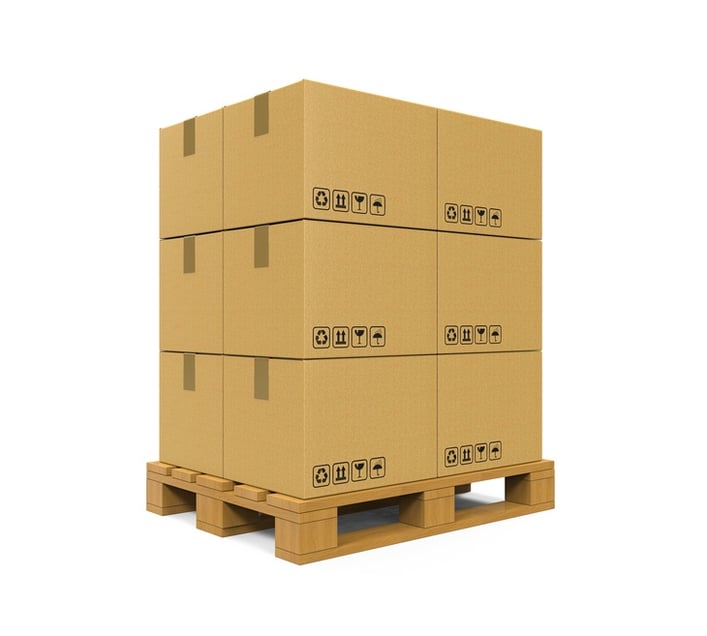September 1, 2016
Growing Pains? Multiple Carton Small Parcel Shipment Weight Might be Your Solution
Written by: The Materialogic Team
 Whether you use a 3PL for shipping and logistics or do things in house, there is a long list of issues to take care of: Order accuracy, DIM weight changes, address verification, inventory updates… and so on. So much time is spent ensuring that things go right that folks often miss ways to make things better. Multiweight shipping is a great example.
Whether you use a 3PL for shipping and logistics or do things in house, there is a long list of issues to take care of: Order accuracy, DIM weight changes, address verification, inventory updates… and so on. So much time is spent ensuring that things go right that folks often miss ways to make things better. Multiweight shipping is a great example.
Multiple carton shipment programs allow you, the shipper, to effectively combine packages when shipping multiple pieces with a combined weight of over 200 pounds to the same location on the same day. Pricing is then based on the average weight of your packages. No special handling is required, and you get the same delivery commitments as you would for sending small parcels via ground shipment. (For this article we are using the Federal Express Multiweight service as the example. UPS has similar service called Hundredweight.)
Multiweight is a solution that sits between LTL (Less than truckload) shipping and small parcel shipping. It is ideal for B2B transactions, particularly to smaller shops and facilities, since it can save on shipping multiple items while maintaining service, consistency, and control.
Some other advantages of multiweight shipping include:
- Delivery times are comparable to ground shipping.
- Inside delivery is possible; the receiver does not need a dock to receive the goods.
- Unlike LTL, the weight of the pallet is not being added to overall weight, saving cost.
- In fact, palletization is not required at all.
- Freight class is not required
- Tracking is reliable and in real time, just as it is with ground.
- Some of the DIM weight costs that come with shipping less dense items and packages can be mitigated.
- The option may be cost effective for shipments weighing as much as 800 lbs to 1,000 lbs or even more in some situations.
Charges for multiple carton shipping will be based on actual weight or a minimum average carton weight for the shipment. If you are working with a 3PL, it is worth seeing if they have any kind of adjusted pricing the average weight requirements when using multiweight shipping.
Of course, there are still cases where an LTL shipment is most appropriate. You will have to do an analysis to see which method costs less while still maintaining optimal levels of service. Again, consulting with your 3PL or shipping partner can help you determine whether your shipments meet the ideal parameters for one method or the other. Contact Materialogic and we can help!
Materialogic takes pride in reducing the complexity associated with managing your logistics and shipping. For more ideas on how you can cut costs and achieve better efficiency in your operations, contact us.

